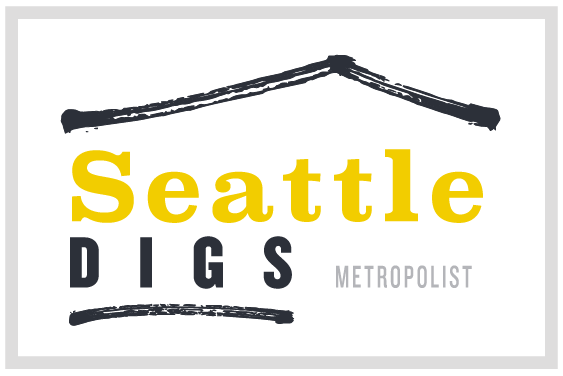Productivity Tips for Working From Home
Whether you’ve been working remotely for years or are new to a work-from-home scenario, there are important strategies for doing it successfully.
Many have the misconception that working from home is easy and will automatically lead to increased productivity. In reality, the opposite is usually true. There are often more distractions at home, and not having the office resources you rely on readily available can hamper your ability to do your job.
If you want to improve your chances of being productive while working from home, do the following:
Create designated space. Don’t try to do your job from the sofa, or worse, your bed. If you don’t already have a designated office space in your home, create one. Set up a table and comfortable chair in a room—or corner of a room—where you’re likely to have the most privacy. Use a decorative screen to help section off your workspace if need be. Take over a guest room, if you have one, or claim the dining room as your new office, relegating meals to the kitchen instead. The idea is to have a space that’s as private as possible, where you can leave your work materials out at the end of the day.
Get up on time. Working from home doesn’t mean it’s time to sleep in. Be sure to maintain the morning schedule you had when going into the office, and if you now have more time due to not having to commute, use it for exercise or to have breakfast with the family. Giving in to sleeping longer may reduce your energy level and make it harder to focus.
Establish a communication system. Working from home can often leave you feeling cut-off from your coworkers and managers, which can quickly stymie productivity. Make sure you have a system for effectively connecting, using both chat programs and video conferencing to stay in regular contact. Don’t just rely on email, which can lack details and intent. The idea is to avoid isolating yourself, even though you’re not physically present at the office.
Work during work hours. When working from home, it can be tempting to try and sneak in some domestic tasks or social engagements. Try to avoid this during designated work hours, as the distraction factor will quickly mount, and you’ll find it hard to keep switching between work and home life. Take a lunch hour and a couple of breaks for your personal tasks, then focus on work during the times you would while at the office.
Honor quitting time. One of the dangers of working from home is that your work is always right there with you. Be as productive as possible during work hours, then end your day as you normally would when at the office. Shut your computer down, organize your papers, turn off the light in your home office space and call it a day. Taking the necessary time to detach from work every day will ultimately make you more productive.
Photo by Bench Accounting on Unsplash





 Also, we’ve broken the data out by neighborhood provided by
Also, we’ve broken the data out by neighborhood provided by 



